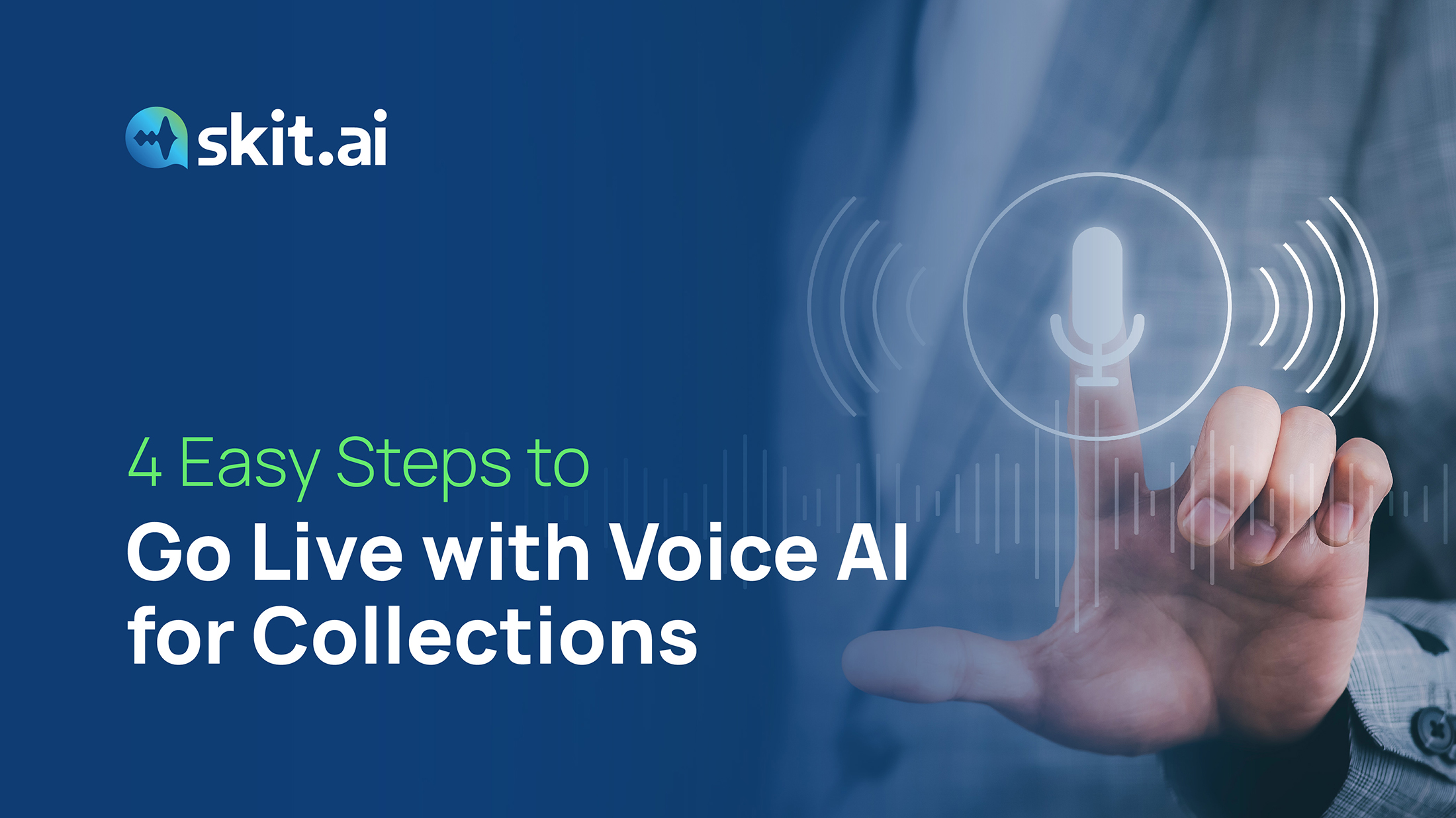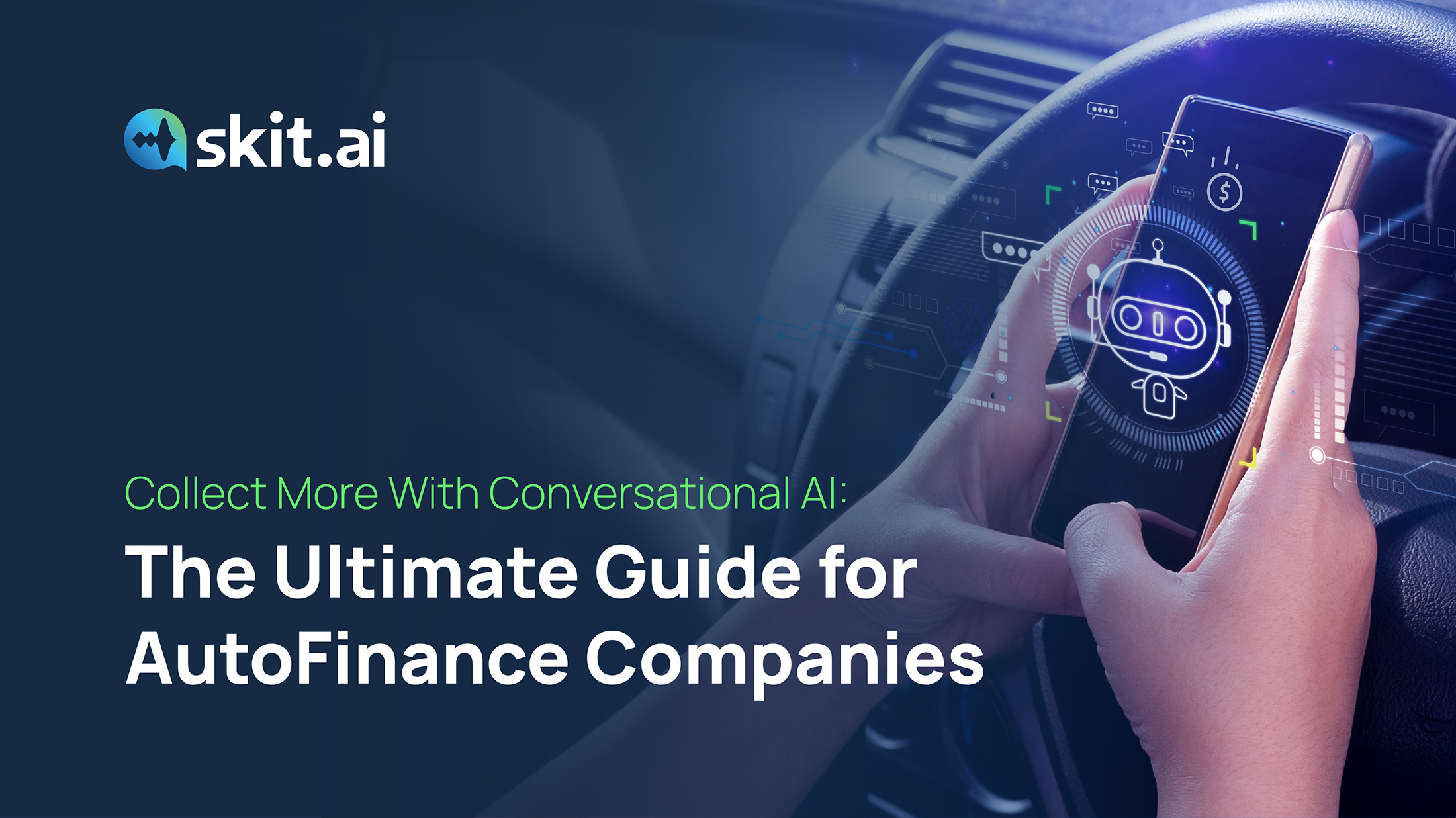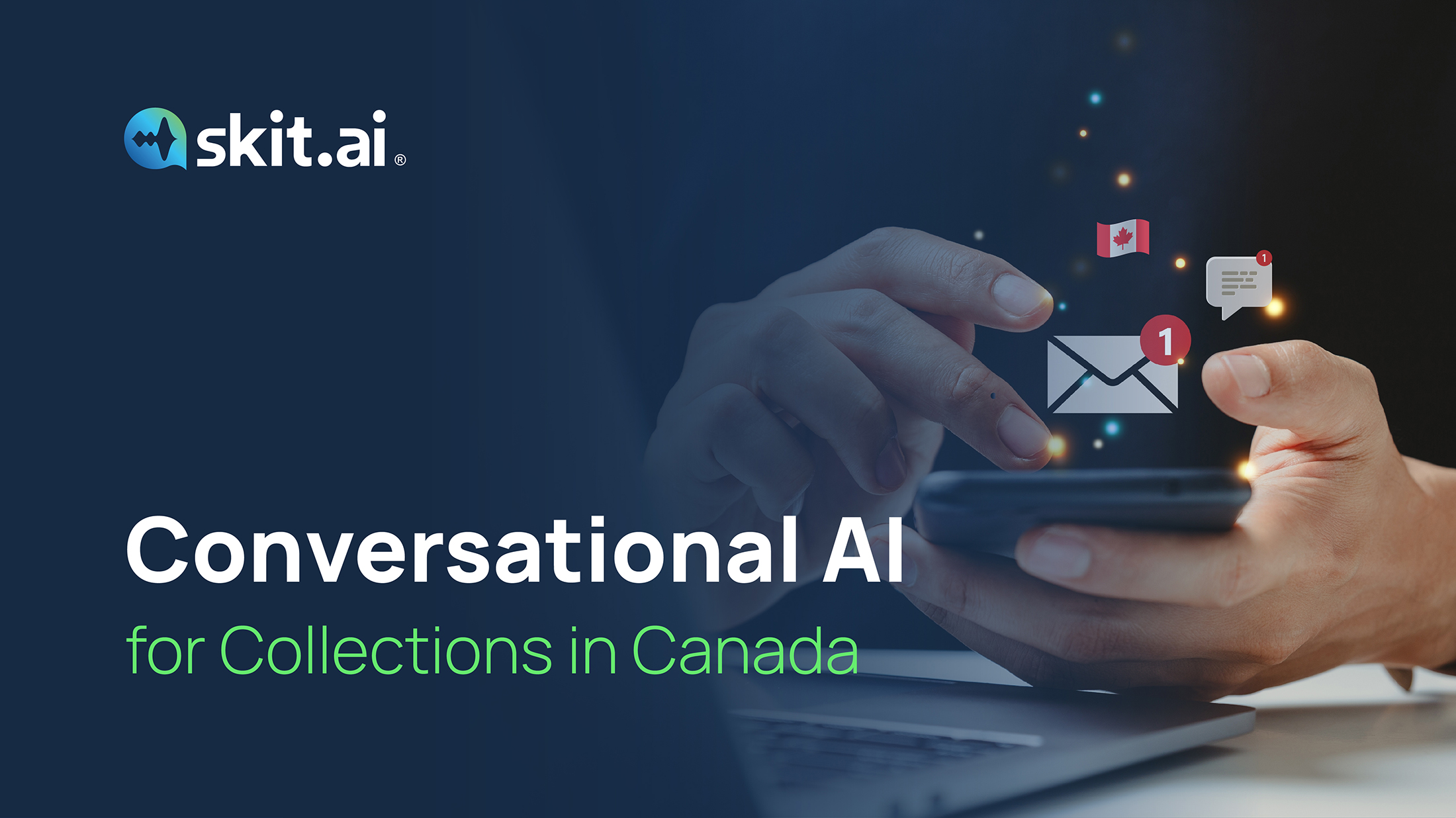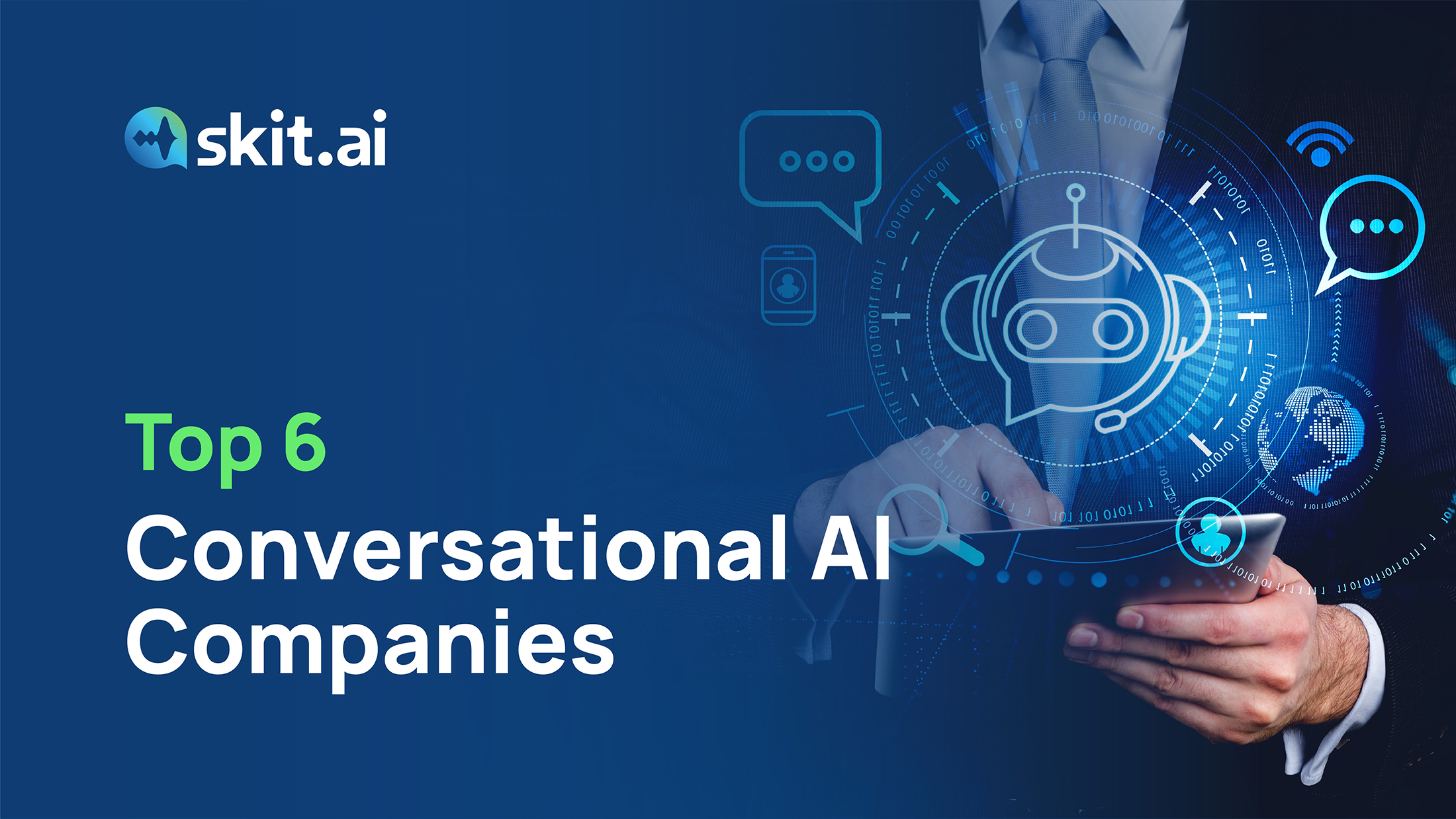In a debt collection industry ripe for innovation, the introduction of Conversational AI is revolutionizing the agencies’ recovery processes as well as consumer experiences. For debt collection agency leaders looking to streamline and accelerate their collections, transitioning to an omnichannel, AI-powered platform undoubtedly marks a significant shift.
In this blog post, we are focusing on the steps needed to go live with Voice AI to automate phone interactions with consumers.
This brief guide provides a simple and intuitive path for debt collection leaders to seamlessly integrate Conversational Voice AI into their existing operations. From initial setup to going live with your first campaign, let’s demystify the steps you need to take to introduce this game-changing technology into your ecosystem.
Here are the 4 easy steps we’ll be following:
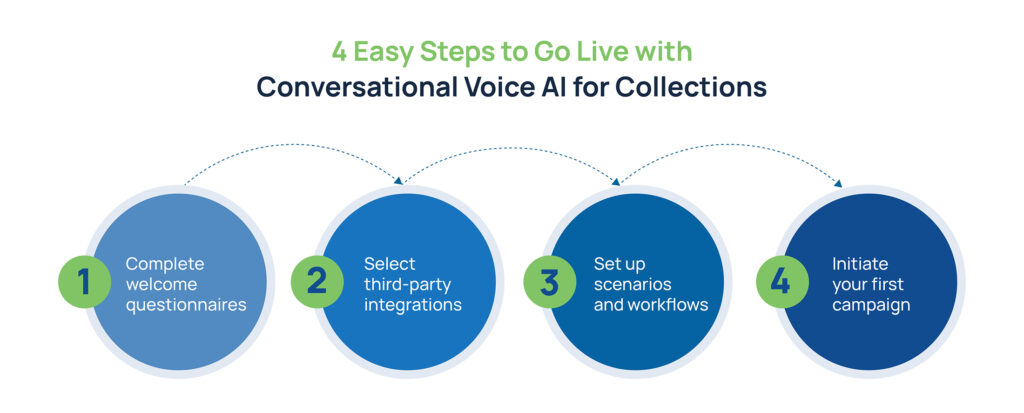
Table of Contents
Step 1: Complete Your Welcome Questionnaires
The adoption of Voice AI begins with a thorough understanding of your current collection campaigns, business requirements, and state-level compliance. The Welcome Questionnaire serves as the foundation for tailoring the Voice AI system to meet your unique needs.
For the outbound use case, for example, we’ll ask you questions about your inventory and current metrics:
Inventory Question Examples
- Volume of accounts
- Average debt age
- Average account balance
Current Metrics Question Examples
- Volume of average dialed calls
- Current account penetration
- Current RPC rate
- Live agent count
We’ll also ask you to share your current third-party vendors and solutions, which will be important for the next step of the process.
Step 2: Select Your Third-party Integrations
A Voice AI solution for debt collections is not a standalone system. It functions best when integrated with your existing technology stack. Selecting the right third-party integrations is crucial for a successful deployment. Skit.ai offers several out-of-the-box integrations, which we already have in place and will require minimal effort on your part.
System of Record: Your CRM or system of record is the heat of your operation. You can rely on simple flat-file transfers or API integrations depending on your organization’s requirements and use cases.
Payment Gateway: Simplifying the payment process for consumers is a significant advantage of Voice AI. Integration with a payment gateway allows consumers to make payments on-call, improving the likelihood of debt resolution. Skit.ai has completed the integration process with several major gateway providers, supporting multiple payment methods.
Telephony Platform: You’re most likely using a third-party telephony platform. Depending on your requirements and use cases, you can rely on Skit.ai’s own telephony system. For inbound use cases, we’ll require integration with your telephony system, allowing incoming calls to be answered by our virtual assistant.
Live Agent Transfers: Our solution is meant to augment your existing operations, and live agent transfers can be necessary in more complex scenarios. Your system should provide a smooth transition from the AI interaction to live agent support when needed.
Step 3: Set Up Scenarios and Workflows
Skit.ai’s Conversational Voice AI solution has a standard set of configurations and multiple scenarios it’s designed to handle. Here are a few examples of the scenarios the virtual assistant can handle on your behalf.
Right-party Contact: The voicebot can easily authenticate or verify the identity of the consumer, to ensure that you are speaking with the actual debtor and not someone else. You can verify RPCs via zip code, last digits of the social security number, or date of birth.
Mini-Miranda: The voicebot can read the Mini-Miranda rights in compliance with the FDCPA.
Disposition Capture: The voicebot can handle various scenarios—attorney representation, consumer requesting not to be contacted, deceased consumer, etc.—and capture the intent of the consumer in regard to the payment of the debt.
Settlements and Installment Plans: The voicebot can negotiate payment plans in installments or settlements in accordance with the creditor or agency’s requirements.
Payment Automation: The solution handles on- and off-call payments. Payments methods include card-on-file, on-call card payment, and payment via SMS link. Additionally, the call can be transferred to a live agent, who can handle the payment. In the case of a promise-to-pay (PTP), the solution will capture the estimated date of the payment.
Step 4: Initiate Your First Campaign
You’re ready to launch your first collection campaign. Congratulations! Here’s how you can do it.
To get started with your first collection campaign using Skit.ai’s platform, you will use a flat-file transfer to upload your campaign data—including name, date of birth, zip code, due balances, and due dates—to a remote server and transfer it via a Secure File Transfer Protocol (SFTP).
During onboarding, you will receive a detailed guide on how to execute your first transfer, and your Customer Success Manager will ensure to support you as needed.
Are you interested in learning how Skit.ai’s omnichannel solution for collections can benefit your business? Use the chat tool below to schedule a meeting with one of our experts.
